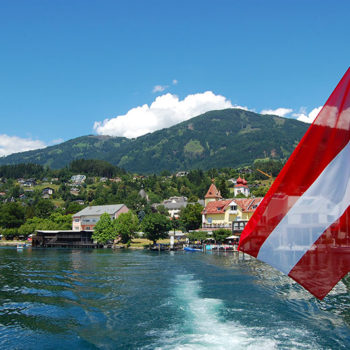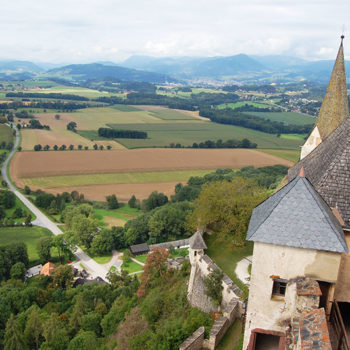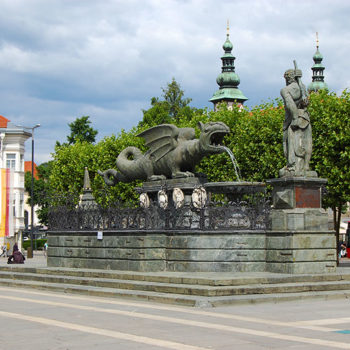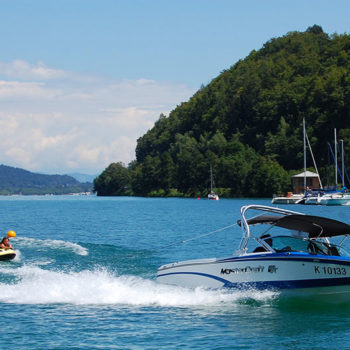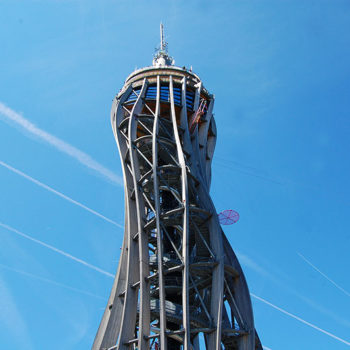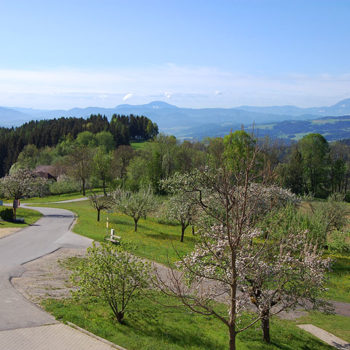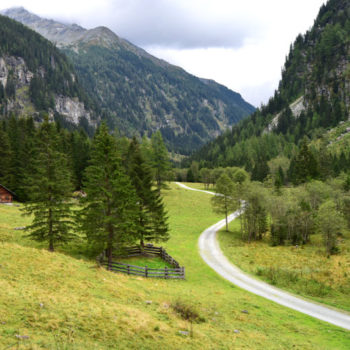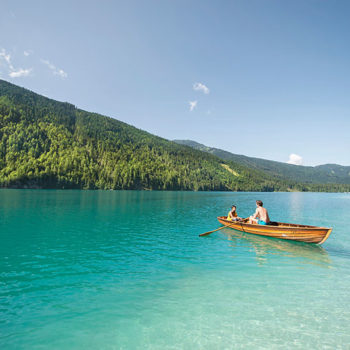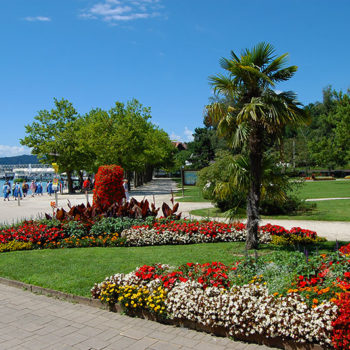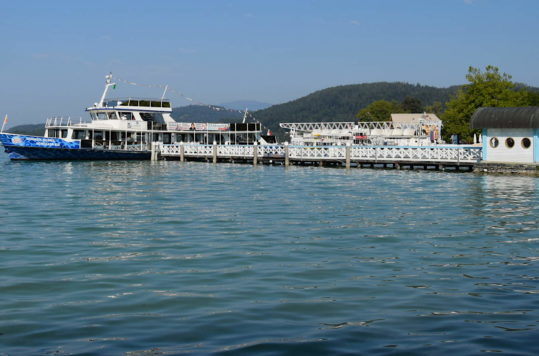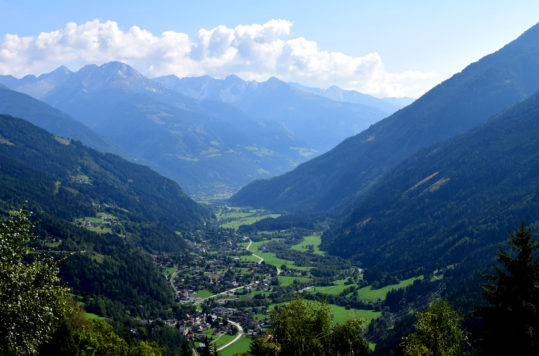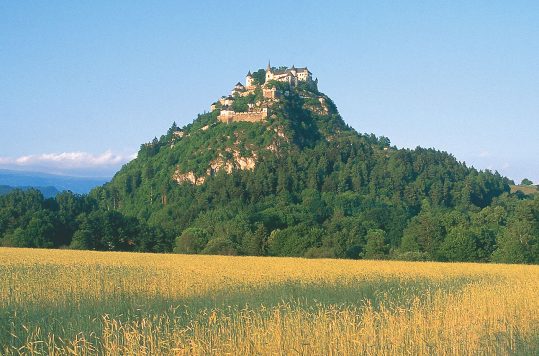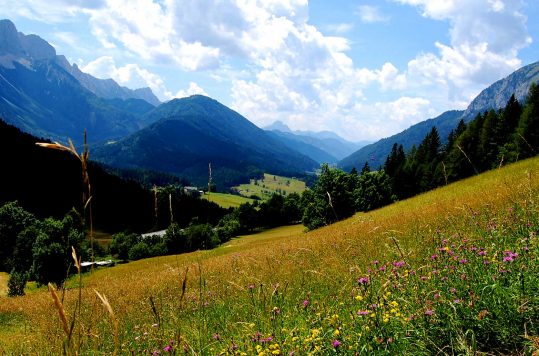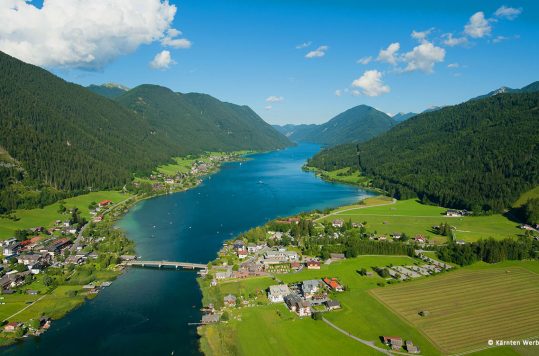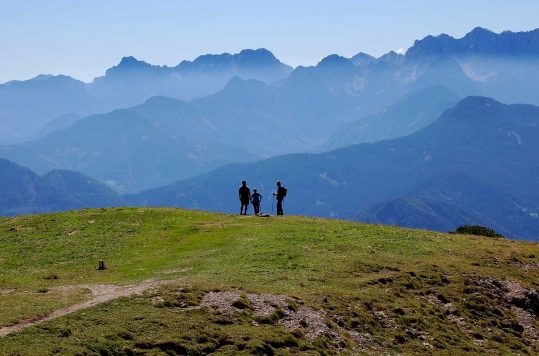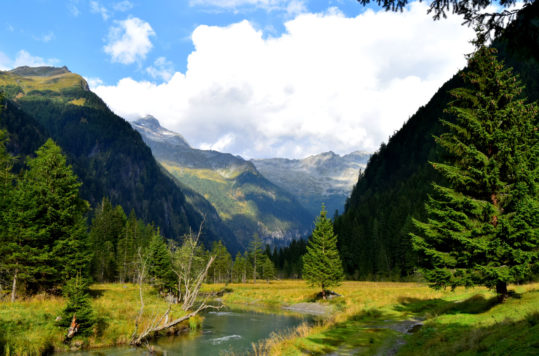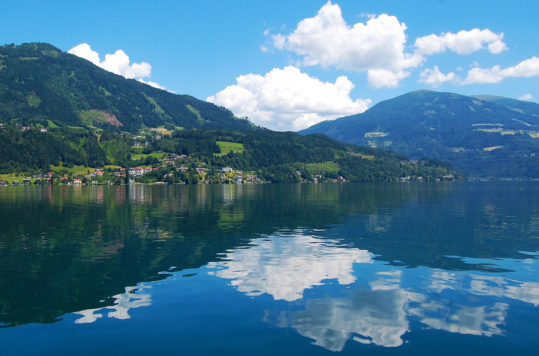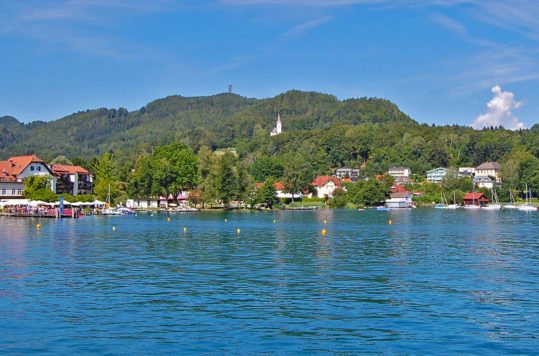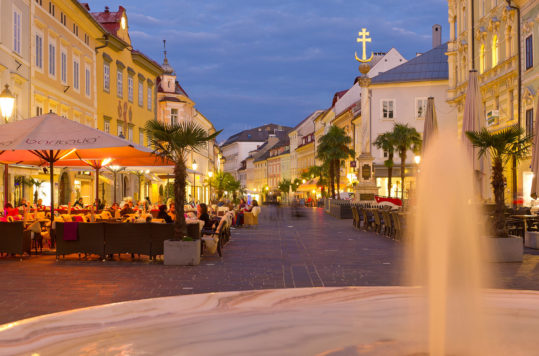Its many lovely lakes draw the bulk of tourists to Carinthia. However, Austria’s southernmost state also has excellent winter sports regions.
The warm climate, predominantly influenced by the Adriatic and Mediterranean, raises air and water temperatures in the state to enjoyable levels during the summer. Therefore, even though it does not belong to Austria’s natural flora, you should not be surprised if you see palm trees along waterfronts or in parks in Carinthia.
Lovely lakes
Around 70 % of the tourists visit Carinthia during the summer months (June-August). Not solely, but primarily, attracted to the state’s lovely lakes. You will not find a defined lake district, as the lakes are spread out. Notwithstanding, choosing which ones to visit can be tricky since they all have their appeal. From the largest, Wörthersee, to one of the smallest, such as Tigringer See, they are all great bathing lakes.
Furthermore, you can spend time on the water on cruise boats or rent your own. Many of them also offer water sports and scuba diving. Or find a tranquil spot by the lakeside, relax, and enjoy the scenery.
Mountainous state
Carinthia’s lakes come with the Alps as a splendid backdrop. Whereas the Klagenfurt basin has lowlands that comprise about one-fifth of the state, Carinthia is dominated by mountains. Except for the main Alpine ridge in the northwest, there are not as many ski slopes in the state as in Tyrol or SalzburgerLand. This is because plenty of sunshine and warmer weather tend to melt the snow earlier in this part of Austria. Nevertheless, there are plenty of slopes where you can have fun on the snow.
Winter sports
Carinthia’s 24 ski areas offer more than 800 kilometres of pistes. From the Mölltaler Gletscher (Glacier) at 3100 meters above sea level, where you can ski all year, to Weissensee, where you can cross-country ski or ice skate. The state’s winter sports areas are spread east to west and north to south. There are also plenty of opportunities to enjoy the winter wonderland without skis. Many winter sports areas also offer their visitors marked winter walking trails and guided snowshoe walks.
<< Click on the images to enlarge >>
Short distances
Despite being relatively mountainous, the roughly rectangular shape of Carinthia makes getting around relatively easy. The state (between the tiny US states of Delaware and Connecticut in size) stretches about 180 km (110 mi) in the east-west and 70 km (43 mi) in a north-south direction. Hence, you can visit many of its different regions without wasting too much time on travel. Via roads and rail lines radiating from the state capital Klagenfurt, which also has an airport, you can reach most parts within a few hours.
Klagenfurt
The state capital has only about 100.000 inhabitants. Thus, Klagenfurt is too big to be a town, but on the other hand, it doesn’t have a big city feel to it either. Its suburbs stretch out in all directions and reach the shores of Lake Wörth (Wörthersee). Thus, Klagenfurt has one of Europa’s most extensive freshwater bathing beaches. After a day by the water, head inland to the town centre. Klagenfurt has a small but interesting historical centre. The basics of the almost square layout and the rectangular streets of the old town stem from the 15th century. After a fire destroyed most of the town in 1514, it was rebuilt with a defensive wall and moat (Stadtgraben).
ADVERTISEMENT
From the Roman Empire to modern Austria
After the decline of the Roman Empire, the lands in the modern state of Carinthia were divided between Germanic tribes and Slavic tribes. Carinthia had a long stint as a Duchy that started in 889 AD, first as part of the Holy Roman Empire and between 1335 and 1918 as part of the Austrian Empire. Like other parts of Austria, the lands before the Treaty of Saint-Germain, which belonged to Carinthia, were annexed by its neighbours. As part of the post-WW I peace settlement, 445 km² (172 mi²) became part of Italy, and 331 km2 (128 mi²) ended up in the newly created Yugoslavia, which today belongs to Slovenia.
Multicultural
Due to a turbulent history and changing borders, Carinthia’s population comprises a fair share of nationalities other than Austrian. 2.5 % of the state’s population have Slovenian as their native language. When travelling in the southern part of Carinthia, near the Slovenian border, most road signs are bi-lingual, German, and Slovenian. Nonetheless, Carinthia is no less Austrian because of its multiethnicity. You will still get Wienerschnitzel and Apfelstrudel everywhere in the state. Its multiethnic composure adds flavour to the state.
For more info, check out Carinthia’s (Kärnten) Tourism website

